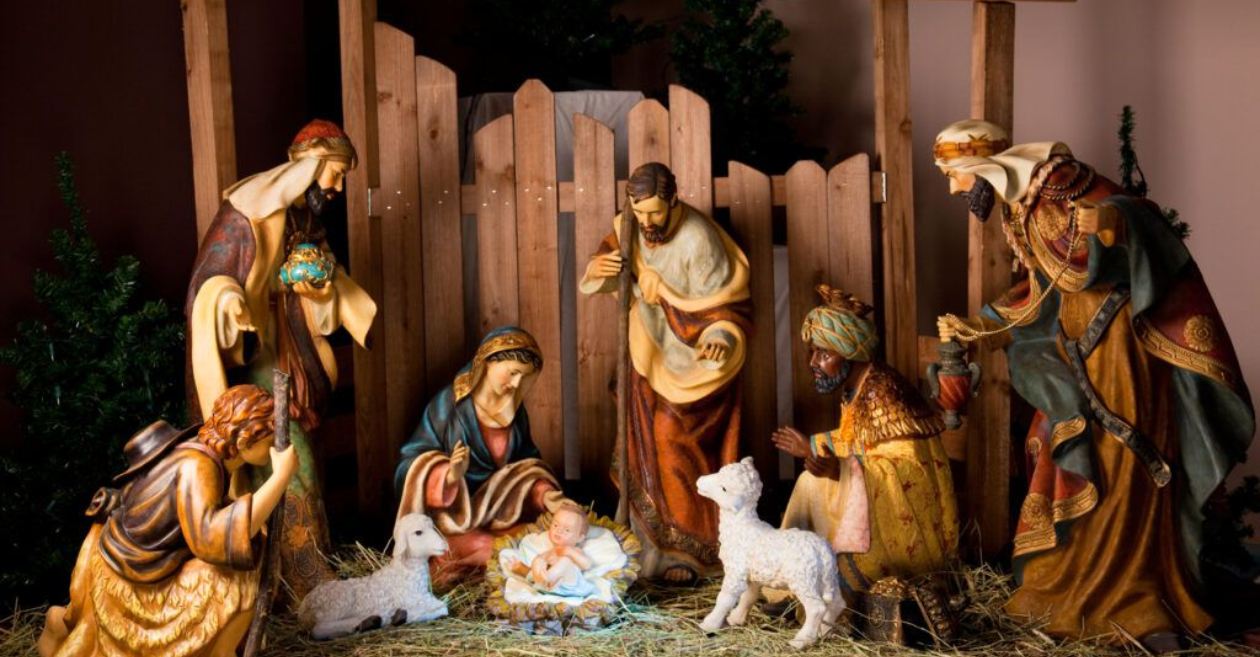


Navidad, the Spanish word for Christmas, is more than just a holiday; it's a cultural celebration that brings people together in joyous harmony. As we unwrap the layers of this enchanting term, let's delve into the heart of what makes Navidad so special. The word "Navidad" has its roots in the Latin term "natalis," meaning birth. This linguistic connection immediately ties Navidad to the birth of Christ, highlighting its religious significance. In essence, Navidad is a celebration of the birth of Jesus, a time for reflection, gratitude, and spreading love.
People Also Read: Who Is Si King?
Navidad is rich in traditions that vary across different Spanish-speaking countries. From the lively posadas in Mexico to the festive Nochebuena dinners in Spain, each tradition adds a unique flavor to the celebration. These customs are a testament to the diverse ways in which people express their joy during this magical season.
Diverse Navidad Traditions
| Country | Traditions |
| Mexico | Posadas, festive processions leading to homes |
| Spain | Nochebuena, a grand Christmas Eve feast |
| Puerto Rico | Parrandas, caroling with lively music and dance |
| Argentina | Fireworks and family gatherings on Christmas Day |
While Navidad has deep roots in Hispanic culture, its spirit has transcended borders, becoming a global celebration. Countries around the world embrace the festive cheer, incorporating their unique traditions and creating a global tapestry of joy.
Global Navidad Celebrations
| Country | Notable Navidad Celebrations |
| United States | Hispanic communities celebrate with traditional foods and music |
| Philippines | Spanish influence has shaped their Christmas traditions |
| Italy | Navidad is celebrated with a blend of Italian and Spanish customs |
Navidad is adorned with symbols that resonate with the essence of the season. From the Nativity scene to the vibrant poinsettias, each symbol holds a special place in the hearts of those celebrating.
Symbols of Navidad and Their Significance
| Symbol | Significance |
| Nativity Scene | Depiction of the birth of Jesus |
| Poinsettias | Symbol of purity and the Star of Bethlehem |
| Rosca de Reyes | Sweet bread with a hidden figurine, symbolizing gifts |
In our fast-paced, modern lives, the meaning of Navidad has evolved. Beyond its religious roots, Navidad has become a time for family, kindness, and giving. The act of exchanging gifts, sharing meals, and spreading joy has become synonymous with the holiday season.
As we navigate the hustle and bustle of the holiday season, it's essential to pause and reflect on the true meaning of Navidad. Whether you celebrate it in a traditional way or add your unique flair, the essence lies in love, togetherness, and the joy of giving.
In conclusion, Navidad encapsulates a rich tapestry of traditions, symbols, and celebrations that go beyond linguistic boundaries. It's a universal celebration that unites people in the spirit of love and joy, reminding us all of the true meaning of this magical season. So, as the festive season unfolds, let's unwrap the joy of Navidad and share it with the world.
"Navidad" is the Spanish word for Christmas and has its roots in the Latin term "natalis," meaning birth. The term reflects the religious significance of the holiday, symbolizing the birth of Jesus Christ.
Navidad celebrations vary across different Spanish-speaking countries. For instance, Mexico observes posadas, festive processions leading to homes, while Spain marks Nochebuena with a grand Christmas Eve feast. Puerto Rico enjoys parrandas, caroling with lively music and dance, and Argentina celebrates with fireworks and family gatherings on Christmas Day.
While Navidad has deep roots in Hispanic culture, its spirit has transcended borders, becoming a global celebration. Countries worldwide, including the United States, the Philippines, and Italy, incorporate unique traditions, creating a diverse and inclusive celebration.
Navidad is adorned with symbols like the Nativity scene, representing the birth of Jesus. Poinsettias symbolize purity and the Star of Bethlehem, while the Rosca de Reyes, a sweet bread with a hidden figurine, symbolizes gifts and the joy of sharing.
In the modern world, Navidad has evolved beyond its religious roots. It is now a time for family, kindness, and giving. The exchange of gifts, sharing meals, and spreading joy have become integral aspects, emphasizing the universal nature of Navidad beyond cultural and linguistic boundaries.

South Korea is like a cool mix of old

You might not think of Luton immediat

Cancun, just saying it makes you thin

The USS Enterprise is like a supersta

Woolworths, a beacon in the retail la

In the vast sea of credit card choice
Trash to treasure: How Google thinks
Spring Fashion Show at the University
Matter of Impact: April updates from
Android Enterprise security delivers
We are not gonna make spamming
Copyright By@TheWebTrends - 2023
BACK TO TOP